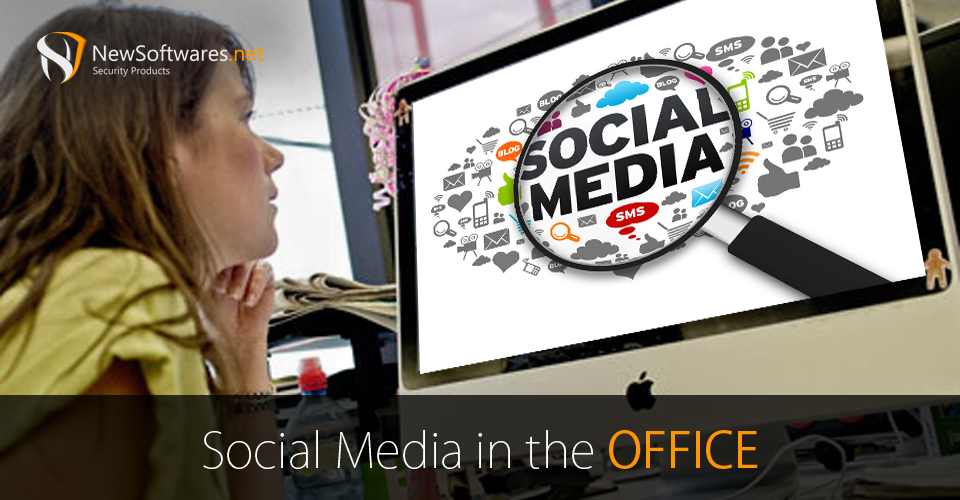The social media craze isn’t showing any sign of dying out. In fact, with the advent of smart phones, growth of social media usage is increasing by the day. Today, even with the threat of smart phone theft and identity theft, people continue to use social media on their handheld devices. Being well aware of the various risks to their privacy, many have adopted the use of social media vault apps, designed to add additional layer of password-protection to their social media accounts and apps. Therefore, users are quickly changing the way they use social media, switching from a desktop or laptop to a smart phone as their primary device.
Moving on, there was a time when social media was just considered a fad. Today, this fad has evolved into an obsession of sorts. Today, social media has become an important part of society; we now rely on this tool for both personal and professional reasons. Consequently, social media has had a noteworthy impact as HR policies are strategically changed or adjusted to fit its use into the workplace.
However, while social media has earned widespread praise for being a dynamic social tool, its use at the workplace is not without controversy. Nonetheless, according to a recent study, people who use social media at work have been known to be more productive than non users. The study revealed that employee use of social media at the workplace resulted in more satisfied workers. With employees being able to access social media at work, employees were more motivated to remain in their positions as they felt comfortable at the workplace. According to statistics, 2 out 5 employees would prefer using social media at the workplace if they had to choose between higher pay or liberal social media use at the office.
On the contrary, companies, depending on which industry they belong to; have limited social media use at the workplace. Likewise, 59 percent of media companies encourage social media use, while 71 percent of energy companies restrict its use. Overall 53 percent of companies do allow social media use at the workplace (some restrictions apply), while the remainder 42 percent say no to all forms of social media use at the workplace, putting in place restrictive measures on social media use at the workplace.
However, with the advent of 3g and 4g connections and the affordability of internet packages, users no longer need to rely on company provided WIFI signals. Anyone with a smart phone and a data package can connect to any social media account. Accordingly, employers can only do so much as to block websites on their networks, but they cannot prevent anyone from accessing facebook or twitter using their phone’s data plan.
Accordingly, it has become essential that employers get with the 21st century and allow their employees to use social media in the workplace. With new research supporting the use of social media at the office or at the factory floor, it’s a win-win situation for both employer and employee.
Social Media Affects On Productivity At Workplace

Social media can have both positive and negative effects on productivity in the workplace. On the positive side, social media can be used to connect employees, share ideas, and collaborate on projects. This can lead to increased productivity, as employees can quickly access information and resources. On the other hand, social media can be a major distraction, leading to decreased productivity. Employees may spend too much time on social media, leading to decreased focus and productivity. Additionally, social media can lead to increased stress and anxiety, which can impact productivity.
Social Media In The Workplace

Social media in the workplace is the use of social media platforms, such as Facebook, Twitter, and LinkedIn, by employees to collaborate and share ideas. It can be used to connect employees, share ideas, and collaborate on projects.
What Is Productivity At The Workplace?

Productivity in the workplace is the measure of how efficiently and effectively employees are able to complete tasks in a given amount of time. It is typically measured by the amount of output produced relative to the amount of input required. Productivity can be increased by improving processes, providing better tools and resources, and offering incentives for employees to work faster and more efficiently.
Summary:
The use of social media at work may seem like a bad idea for the traditionalists and the autocratic. However, using it can yield the opposite effect.
